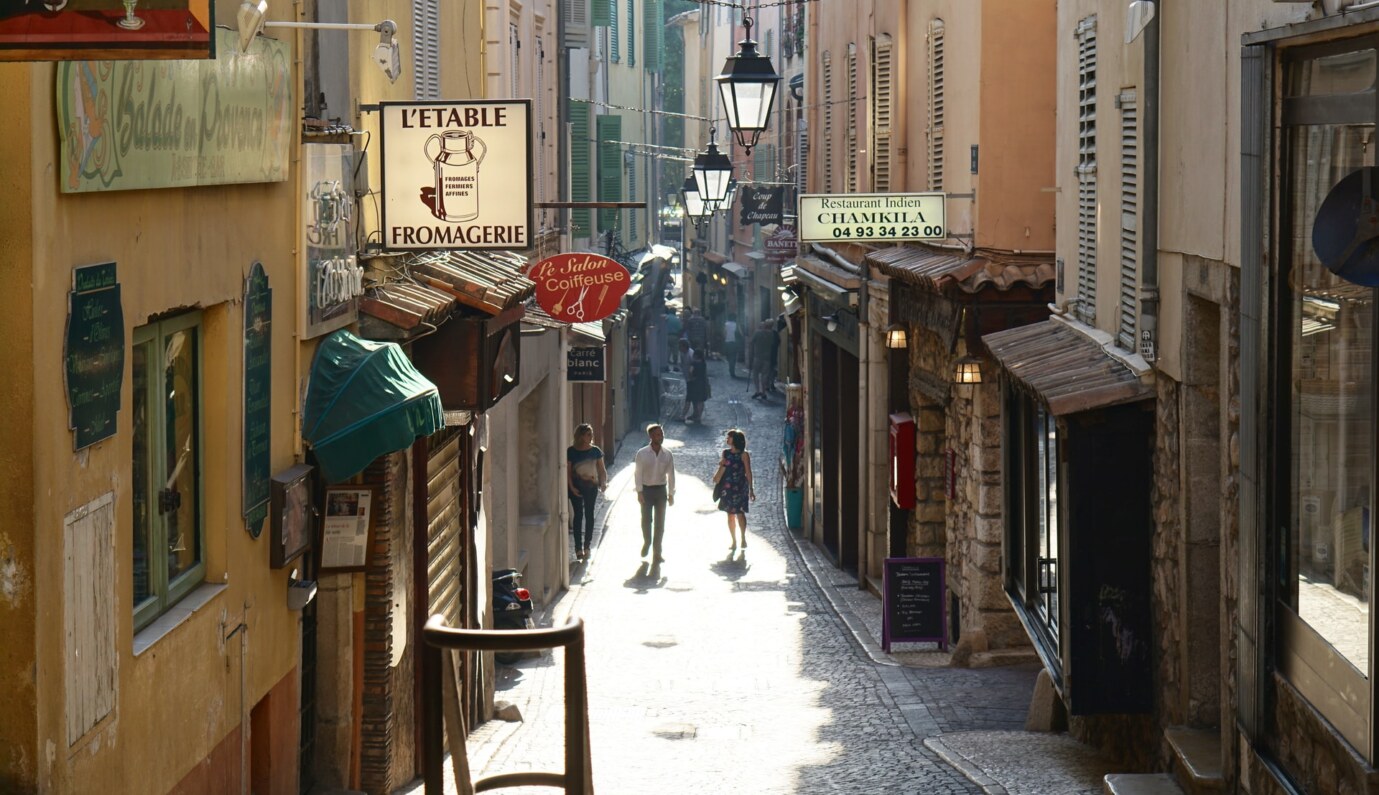With a population of 518,635 Lyon is the third largest city in France and one of the most dynamic cities in the country ! Its urban area has 2.3 million inhabitants. As the capital of the Auvergne-Rhône Alpe region, the city of light brings together culture, gastronomy, creativity and openness to the world in a balanced way ! It offers, through the combination of these different factors, a privileged living environment for newcomers who wish to settle there.
At the confluence of the Rhône and the Saône, relatively centred in latitude (North-South position) within the Hexagon, Lyon is a learned mixture benefiting from the dynamism of a large agglomeration that it is, while ensuring that you share a form of intimacy that brings you closer to what might be found in smaller cities. Old Lyon is a perfect example of this, as it charms passers-by with its mysterious corners, and watches you with humanity as you challenge its oldest secrets.
Key figures
-
Average age: 38 yo
-
Median income (municipality): 2 044 € / month
-
Foreigners: 9,7 %
-
Renting price: 16 €/sqm
Cost of living
Lyon is considered the second most expensive city in France outside of the Île de France, where studying is the most expensive after Paris. The price of real estate is increasing very rapidly, year after year. According to UNEF, a student spends an average of 962.41€/month in 2019, which is approximately 80€ more than in Toulouse for comparison.
Specifically, in 2019, Lyon had 64% of tenants. And according to the LocService study, the average rent (including charges) was 690 euros for 39 m2, or 17.6 euros/ m2, equivalent to a 3.95% increase in the price of rents compared to 2018.
Here are some price ideas about the city of Lyon concerning various basic goods :
| Type of product | Product price (average) |
|---|---|
| Restaurant meals | 13 € |
| 1 liter milk | 0,93 € |
| 12 eggs | 3,39 € |
| Monthly rate for annual subscription to public transportation | 65 € |
Safety
Known for being a success point in the Lyon agglomeration for many years, security has now deteriorated since 2016. However, the public transport network of Lyon continues to observe better statistics than in many other cities of France, with half less aggression concerning the attacks on property and people, according to Kéolis Lyon.
Of course, as in all cities, some neighborhoods may experience more difficulties than others. This is the case of the Guillotière district, which becomes agitated in the late afternoon. The place Gabriel Péri seems more precisely to be concerned. On the right bank of the Saône, the Duchère district is also considered one of the hottest neighborhoods in Lyon. Let’s also mention the Gerland and Etats-Unis districts of Lyon, where the various trafficking activities generate frequent acts of violence.
In terms of ratios, here are some elements of comparison in 2020 thanks to this table, the data of which were taken on the site Linternaute.com :
| Per 1000 inhabitants | Lyon | Marseille | Toulouse | France |
|---|---|---|---|---|
| Total number of crimes and offences | 75 | 79 | 81 | 45 |
| Gratuitous violence to people | 7 | 9 | 8 | 5,6 |
| Burglaries | 8 | 8 | 9 | 1 |
According to the 2021 ranking of the most dangerous cities and departments in France (made by Ville-data.com) Lyon is ranked 5th behind Paris and Marseille in particular.
Employment
A true European crossroads, a strategic communication center between Northern and Southern Europe, Lyon is the second largest industrial area in France, and the second most attractive city in France after Paris.. The city represents more than 10% of the executives hired in France in 2019. The choice in the sectors of activities offered by the European metropolis is wide, varied.
According to figures from APEC (Association for the Employment of Executives), 20% of recruitments are carried out by Research – R & D companies. 19% in IT, 17% in Sales / Marketing, 12% in Industry, the tertiary sector (services) with 8%, Supply Chain for 8%, etc.
Among the various very dynamic sectors are the chemical industry, the textile industry, the automobile industry, information technology and communication.
The positive figures that the capital of the Auvergne Rhône Alpes region records every year are promising. More and more foreign companies are setting up there every year. Lyon is a magnet for large international companies such as Danone, Renault Truck, DHL Express and Sanofi. International institutions such as Interpol or Euronews have also made the strategic choice to locate here.
In 2020, 28,920 businesses were created. This is proof of its dynamism and a breeding ground for entrepreneurship.
Education
Three major universities are located in Lyon : Claude Bernard Lyon 1 University (which is among the top 300 universities in the world in the Shanghai ranking), Lyon Lumière 2 University, Lyon 3 Jean Moulin University.
The Lyon Higher Education Academy (post-bac) represented 199,890 students in 2019, making Lyon the second largest student city in France.
The educational offerings are vast and exhaustive, and of high quality. They are supported by very solid universities, including the highly selective Ecole Normale Supérieure de Lyon, as well as a network of high quality private schools such as the INSA Lyon engineering school and Centrale Lyon.
The fields are diverse and varied, and meet the different demands of students : ITECH is specialized in textiles, Isara-Lyon is specialist in agriculture, the CPE school in Lyon is dedicated to chemistry, physics and electronics, EM-Lyon is a renowned business school, etc.
The city also offers its students great professional and entrepreneurial opportunities, supported by a very strong economic pole and a dense network of small and medium-sized businesses.
Moreover, the very developed network that we are going to present to you concerning the public transport in Lyon (subway, bus, tramway, funicular) is a very big advantage of the city. Students can benefit from it, unlike housing. The latter, on the other hand, can sometimes represent a more delicate task when it comes to finding one at controlled costs for a student.
Location
The city center of Lyon has the particularity of being located for the most part on a peninsula 4.5 km long and 600 to 900 meters wide, between the Saône on one side and the Rhône on the other.
It is surrounded on the west side of the Saône by the Fourvière mountain (300 meters high), and on the north side by the Croix-Rousse hill (250 meters high). At the confluence, you will be at 165 meters. In this way, you can contemplate the city from the top of these two districts, and enjoy this pleasant moment to appreciate the particular power of the agglomeration from this angle.
Two hours by car from the Alps, you can take advantage of this proximity to organize weekend skiing. But Lyon also has the advantage of having a highly developed transport network to serve the city efficiently. Whether by plane via Saint-Exupéry airport, which has many international and national flights and is located 25 km from Lyon, or by train via the famous TGV arriving at one of the two stations (Lyon Perrache or Lyon Part-Dieu), you will be able to travel easily to and from Lyon. We could also mention the TGV station of Lyon Saint-Exupéry corresponding to the airport station. Note that from this airport you can reach the city centre in 30 minutes by Tram Express.
Public transportation
Within the Lyonnaise agglomeration, the company SYTRAIL (Syndicat Mixte des Transports en commun pour le Rhône et l’agglomération de Lyon) sets the guidelines for equipment and services. The daily management and operation of public transportation for the city of Lyon (TCL) is handled by the company Kéolis.
This transport network is composed as follows :
-
- 130 bus lines
-
- 4 metro lines (one of which is fully automated)
-
- 2 funiculars (Vieux Lyon to Saint-Just and Vieux Lyon to Fourvière)
-
- 5 tramway lines
- Minibuses equipped for the transport of people with reduced mobility
Here is the link to the site to know the different rates and discounts valid on January 1, 2020.
You will appreciate the funiculars of Lyon for their authenticity. They are affectionately called “Ficelles” by the Lyonnais. Very practical to get over the strong reliefs, it was born in 1862 in the district of Croix-Rousse. It was the first funicular in the world to be reserved for passenger transport.
Atmosphere & Culture
You are attracted by a city that moves, that lives, that dances, you will undoubtedly find yourself at ease in the city of Lyon. Its cultural and night life is intense, with a large number of festivals (the biennials of dance and contemporary art, the Nuits sonores, the Fête des lumières, the Nuits de Fourvière, the Quais du polar…) that enliven the city at different times of the year. Lyon also has a wide range of concert halls, of different sizes, and many bars with character. You can go out in the modern district of Confluence, located, as its name suggests, at the confluence between the Rhône and the Saône. The district oscillates between industrial wastelands and recent, futuristic architecture (the orange cube, the monolith, the confluence museum, etc.). It is now highly recognized, and is one of the city’s top tourist attractions.
But trying to explain what it feels like to walk the streets of Lyon and the exceptional culture of this city without talking about gastronomy would be a mistake. Lyon has more than 3,000 restaurants, including restaurants with the eponymous “Les Bouchons Lyonnais”, label created in 2012. These restaurants guarantee the respect of Lyon’s traditions.
Practical info: The metropolis of Lyon offers students the Student Culture Pass, valid from August to September and corresponding to the cultural season. It allows you to obtain 4 tickets for 18 euros (3 tickets from a wide range of cultural establishments: opera, dance, theater, festival… and a 4th ticket for the movie of your choice). Find more information on the website.
Choose your neighborhood in Lyon
Lyon cultivates living together. It is home to the headquarters of the NGO Handicap International as well as Triangle Génération Humanitaire, a renowned humanitarian training institute, BioForce and also a WHO office.
It enjoys a nice balance between a large metropolis and a city on a human scale. It is quite easy to go from one neighbourhood to another. It has the particularity of offering as many atmospheres as there are neighborhoods.
Croix-Rousse
Considered as the artists’ district, the slopes of the Croix-Rousse were for a long time perceived as a popular district. Today it has become trendy, with many restaurants, cafes but also many street art works and art galleries. Life in the neighborhood is friendly and lively. It is considered as a village in its own right, covered by traboules, as is the district of Old Lyon.
Vieux-Lyon
Don’t forget that Lyon is considered a gastronomic capital. With its many “Bouchons Lyonnais” restaurants, the Old Lyon district should convince you of this gustatory richness. Classified as a UNESCO world heritage site, it is known as one of the most extensive Renaissance districts. Here too, you can enjoy the “Traboules”, these narrow passages, formerly used by the inhabitants to collect water from the river. They were then used by silk weavers, and more recently by French resistance fighters during the Second World War.
Presqu’île
Located in the heart of Lyon, wedged between the Rhône and the Saône, the Presqu’île district is lively, with many pedestrian streets, its shops and its upscale restaurants.

